Choosing the perfect paint color for a dark room can feel overwhelming. You stare at endless swatches, hoping to brighten your space, but instead, the wrong shade could leave it feeling dull or closed off.
A dimly lit room can be frustrating, creating a gloomy atmosphere no matter how you arrange your decor. But don’t worry! With the right colors and techniques, you can transform any dark room into a bright, inviting haven.
This guide will show you the best paint options, finishes, and tips to make your space feel open and full of light.
If you want to take the guesswork out of your next interior painting project, we at WOW nycPainters are here to help you bring your next interior painting project vision to life with professional expertise and personalized color consultations!
Key Takeaways for Choosing Paint Colors for Dark Rooms
- Opt for lighter tones like warm whites, soft grays, and pale pastels to reflect light and brighten the space.
- Use mirrors, reflective surfaces, and bright accessories to enhance the room’s openness and airiness.
- Test paint colors in various lighting conditions to ensure they look good throughout the day.
- Lighten the ceiling and trim to give the illusion of more height and openness.
Understanding Light in Dark Rooms
Natural light isn’t always a given in every room, especially with smaller windows or unfavorable orientations.
But don’t worry, we’ve got great tips to help you select the best paint colors so your room feels light and inviting, no matter the time of day.
When it comes to interior painting, the goal is to make the space feel open and airy. This also applies to other areas of your apartment or home such as hallways, attics and basement rooms.
Warm White for a Cozy Glow
White is a universally loved color for brightening up dark rooms. You might think white is boring, but it’s actually one of the most versatile colors out there.
Opting for a warm white with creamy undertones can make the room feel cozy while still reflecting light effectively.
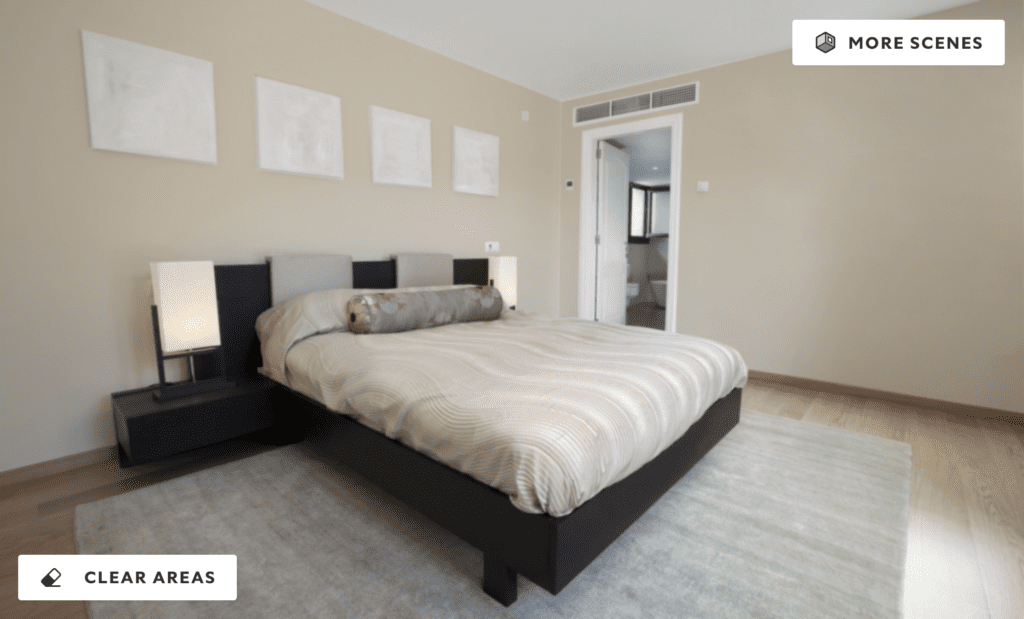
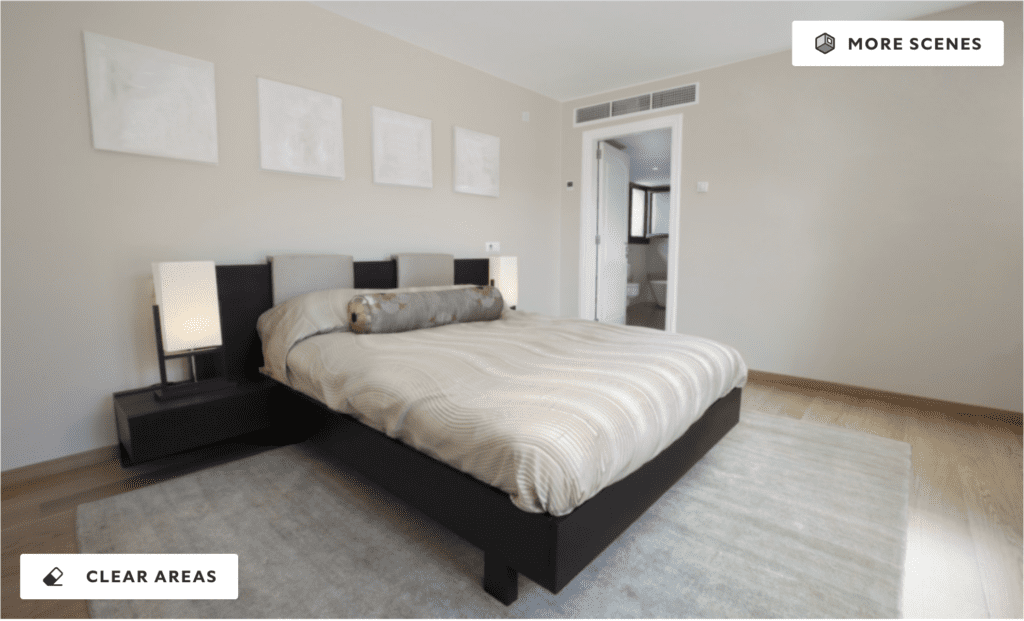

Light Beige and Taupe for Warmth
Neutrals can be your best friends. Light beige or taupe adds warmth and comfort to a dark room without overpowering the space.
These colors are highly versatile and can complement a variety of furnishings and decor styles.
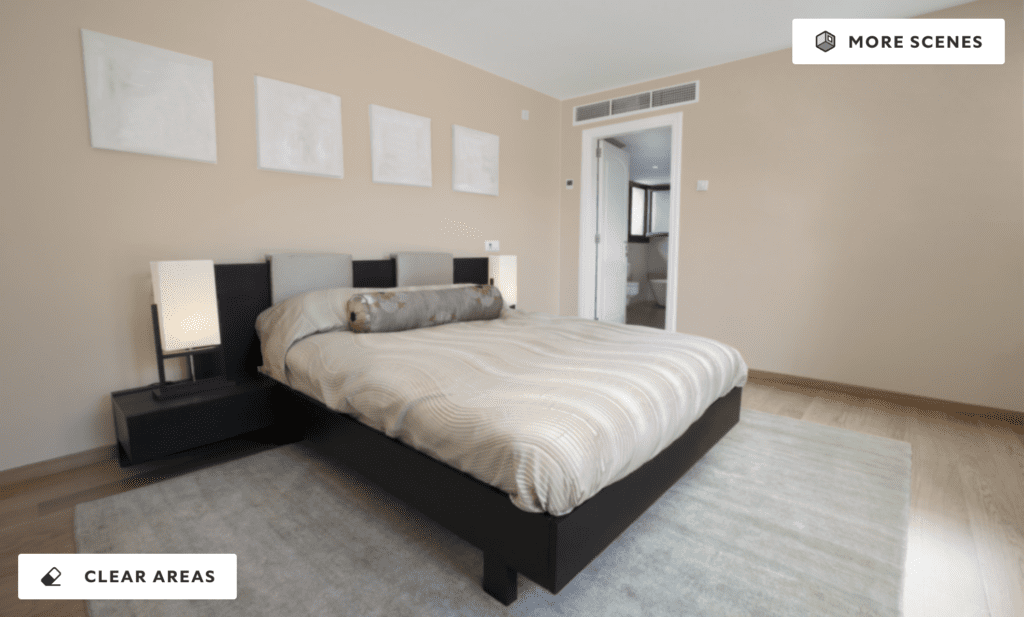

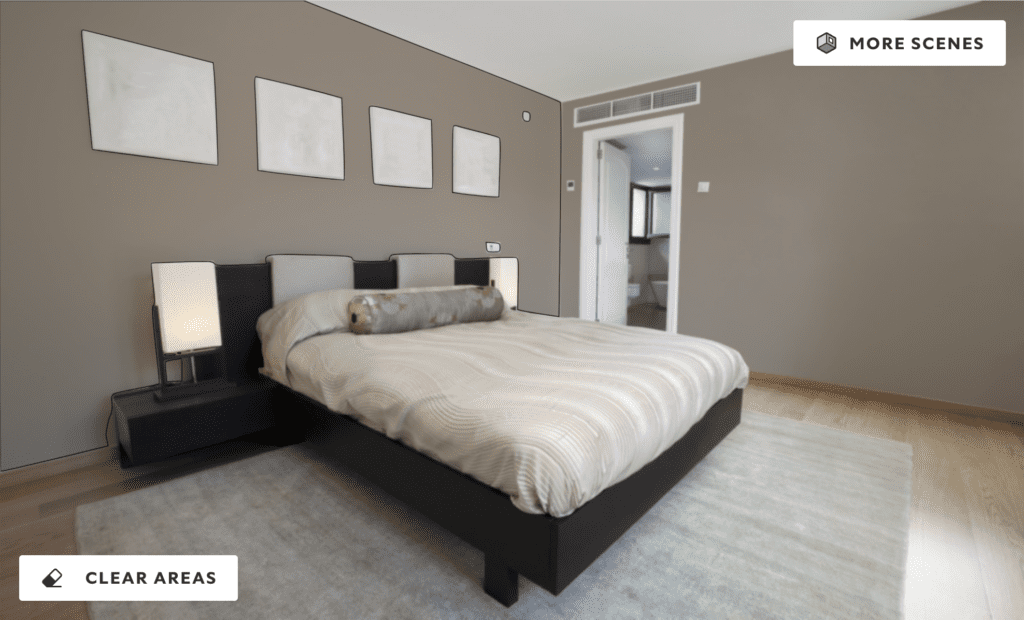

Soft Light Gray for Modern Sophistication
A soft, light gray can make a room feel sophisticated and bright without feeling stark or cold. Gray is modern, versatile, and pairs beautifully with both bold and muted accents.
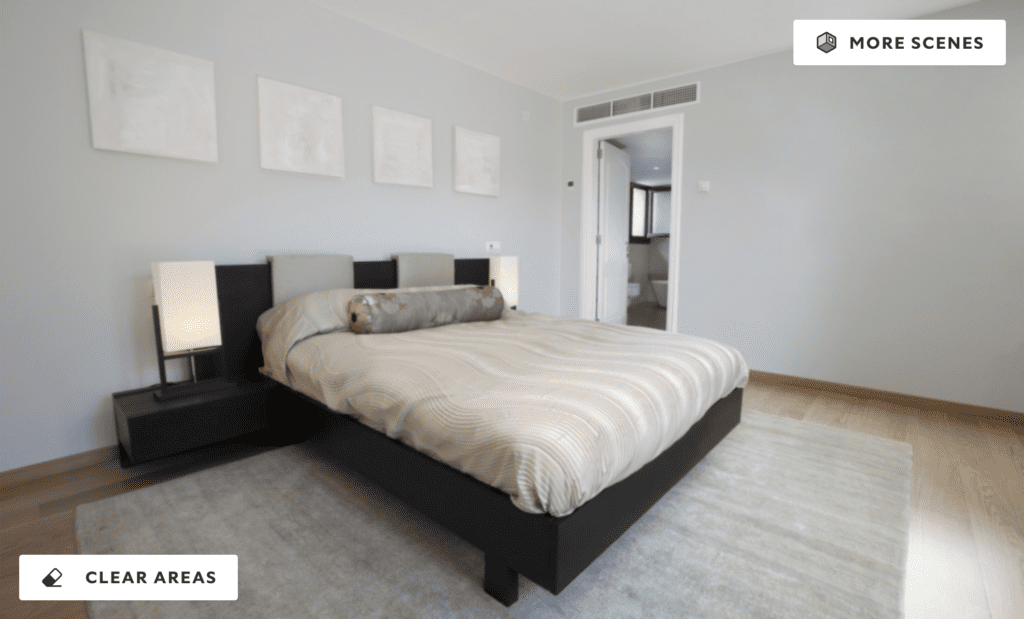

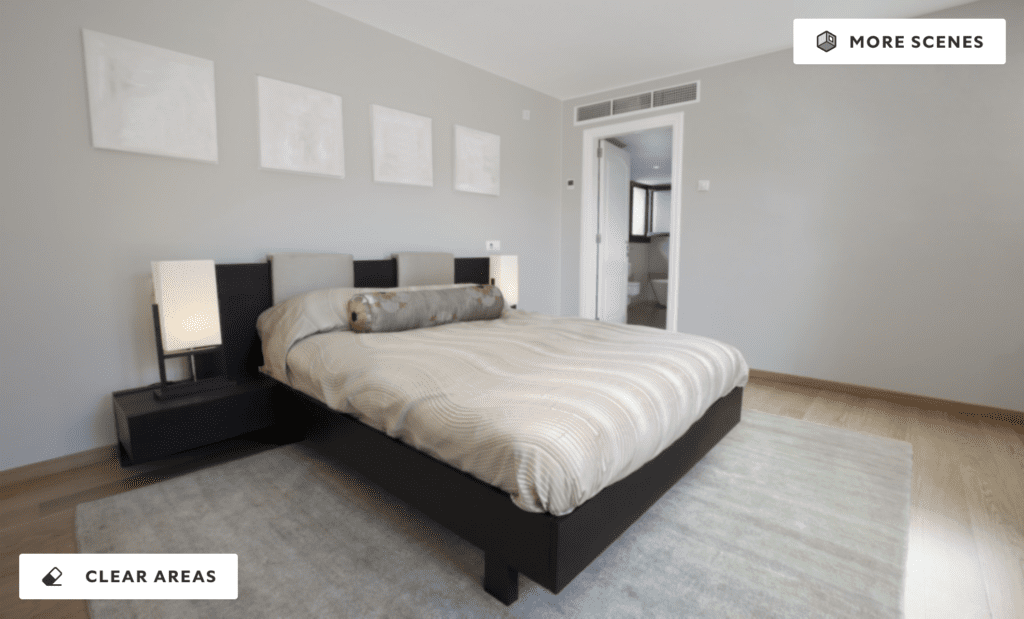

Pale Yellow to Mimic Natural Light
Another fantastic option is soft, pale yellow. This color brings a sunny disposition to any gloomy space. Light yellow can mimic natural sunlight and provide a cheerful atmosphere even on the rainiest days.
Who doesn’t love a room that feels like a perpetual spring morning?
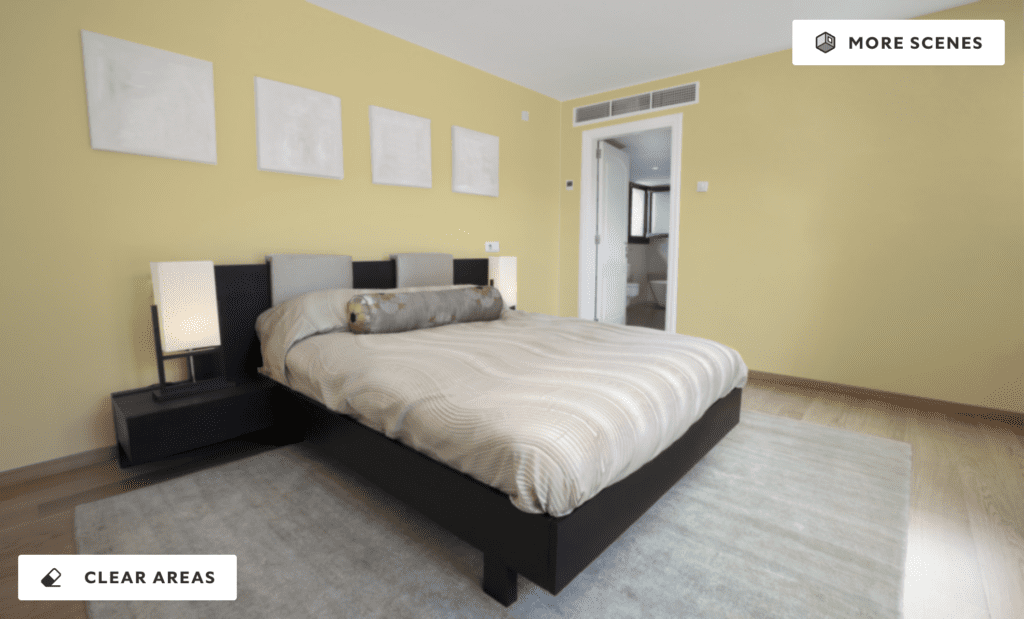

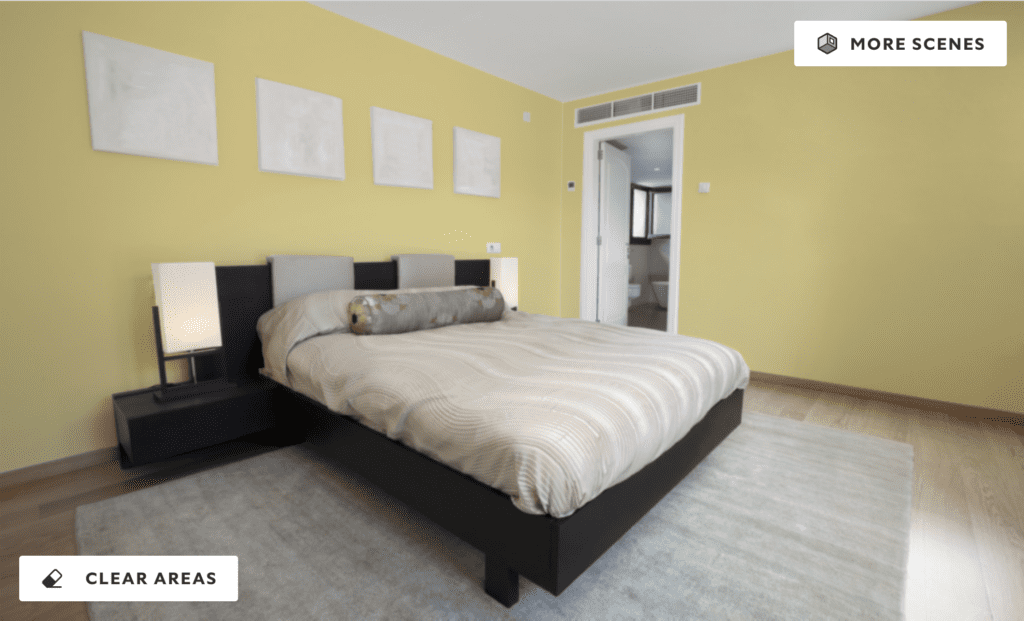

Pastel Blue for a Serene Vibe
If yellow isn’t your vibe, consider a light pastel blue. Blue tones can be very calming and give a dark room a serene, airy feel.
A light, sky blue can simulate the feeling of being outdoors under a clear sky, making it an excellent choice for interior painting.
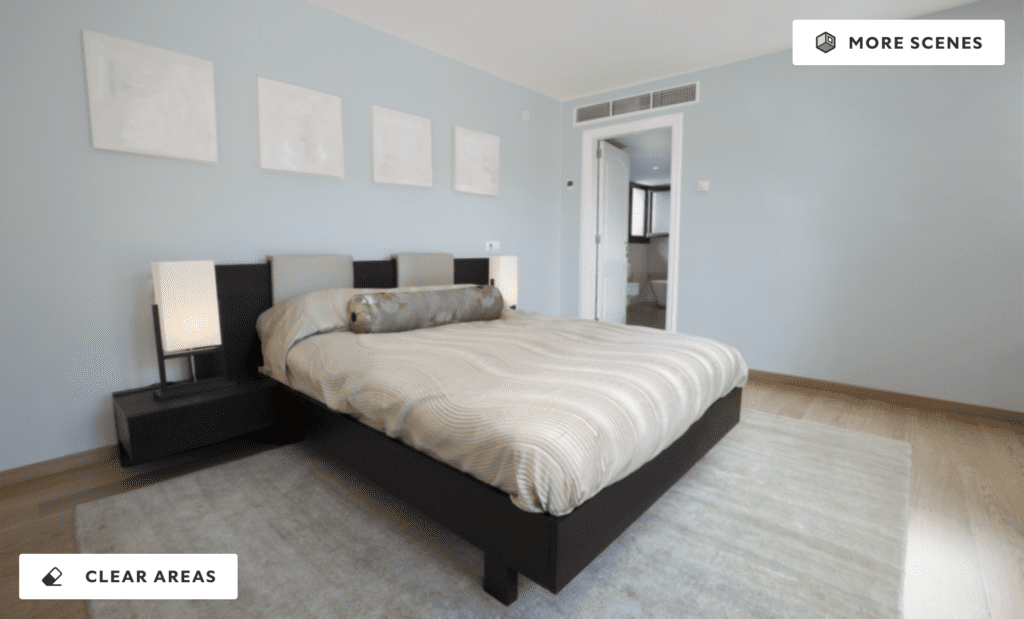

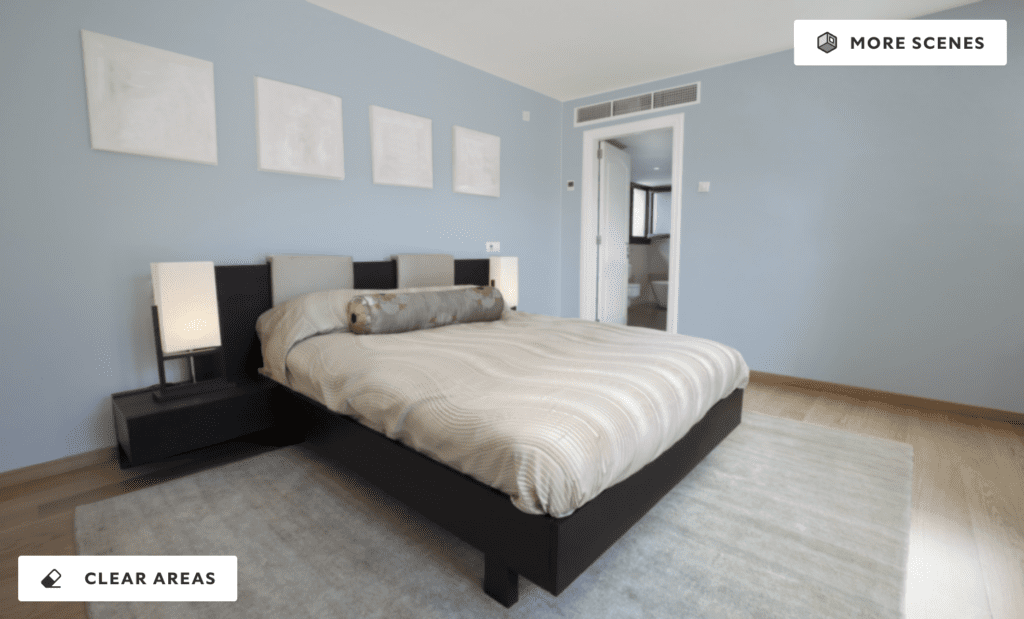

Soft Greens for a Refreshing Touch
For those who love a nature-inspired feel, pale mint or seafoam green can work wonders. These cool, refreshing colors bring a sense of nature indoors and pair well with plants and natural decor, enhancing that bright, airy feeling you’re aiming for.
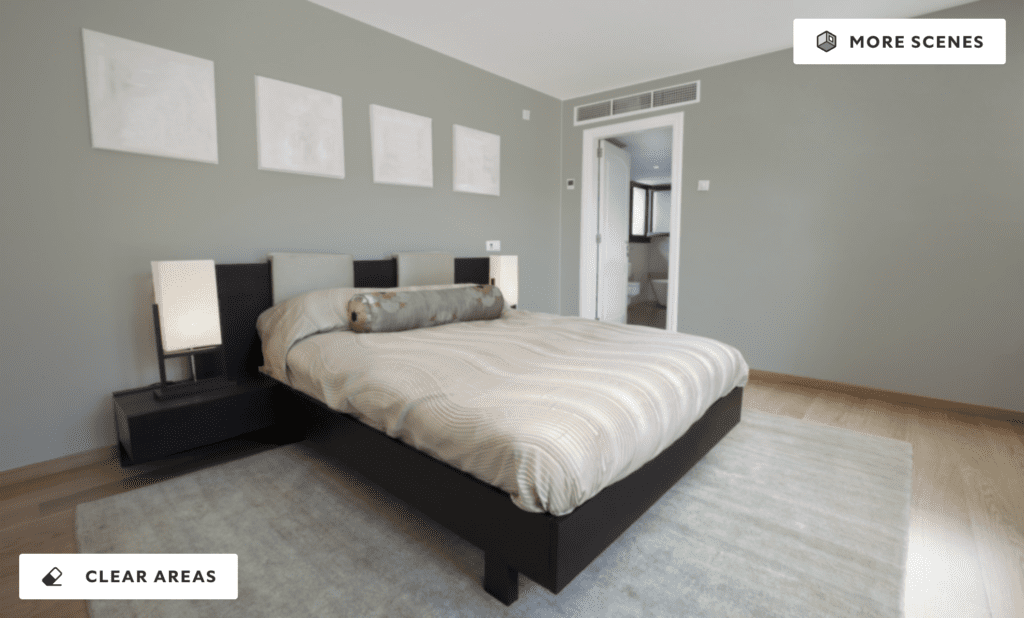

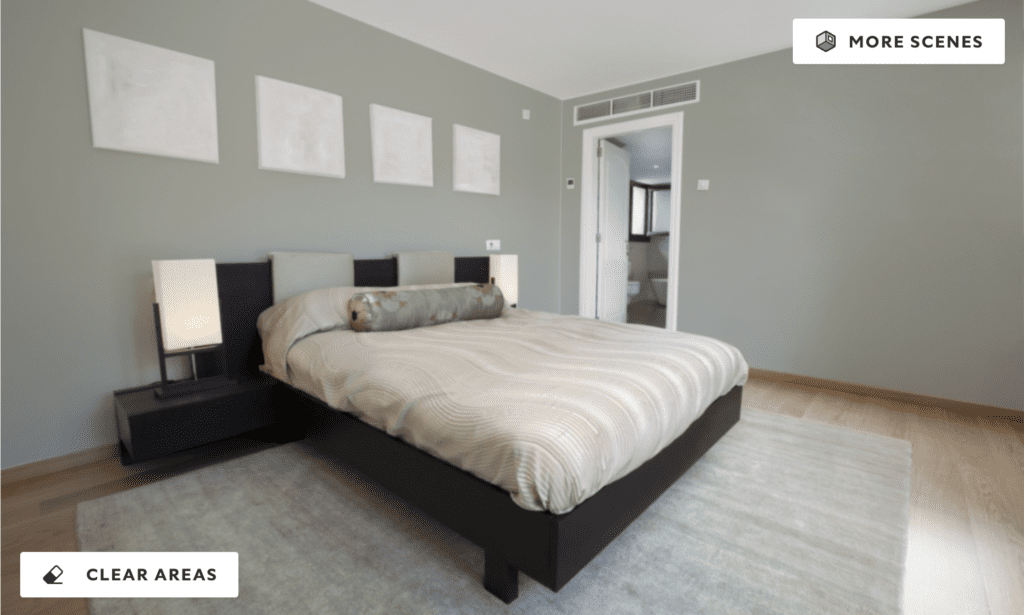

Lavender and Lilac for Subtle Color
If you fancy a bit of color without being overwhelmed, soft lavender or lilac can do wonders. These hues offer a gentle touch of color while still being light enough to brighten a dark room.
Plus, lavender has a soothing quality that can make any space feel like a relaxing escape.
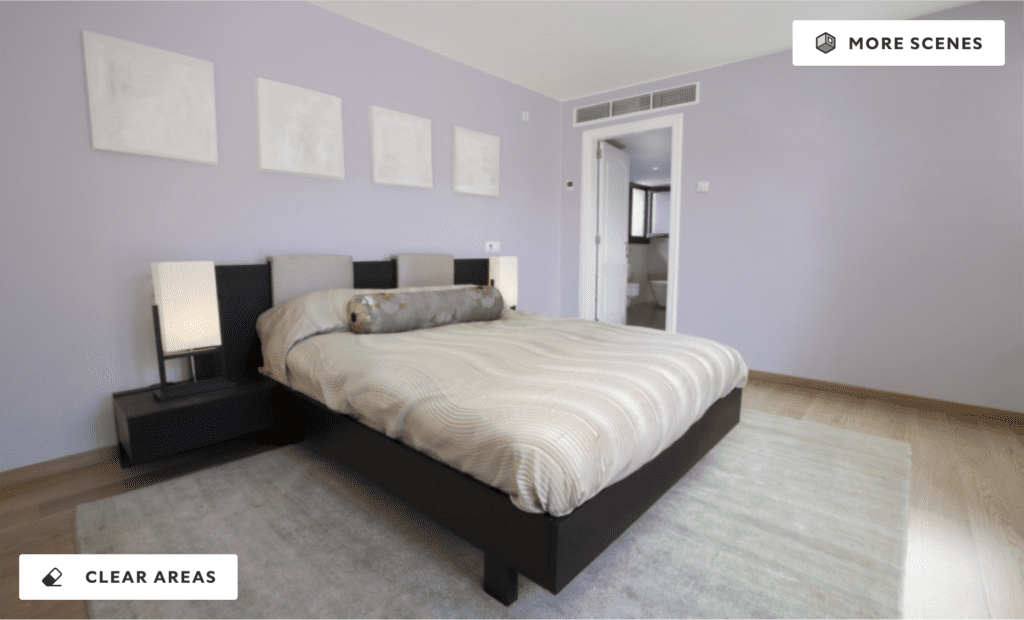

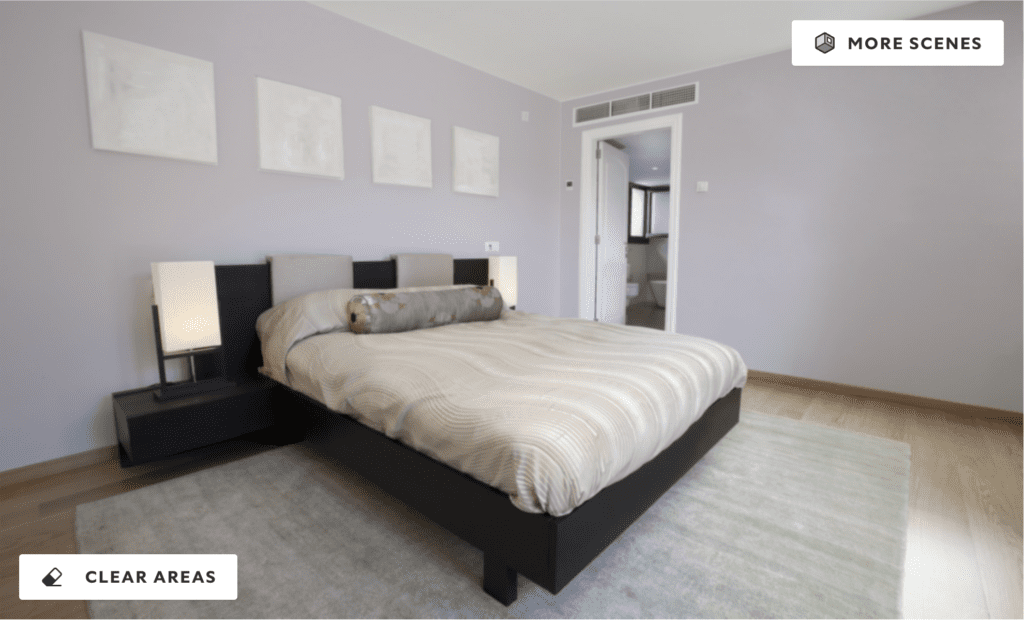

Accent Walls to Add Depth
If you’re adventurous, using two complementary light shades to create an accent wall can add personality while staying within a brightening color palette.
For instance, combining a pale pink accent wall with a soft white can be quite charming and stylish.
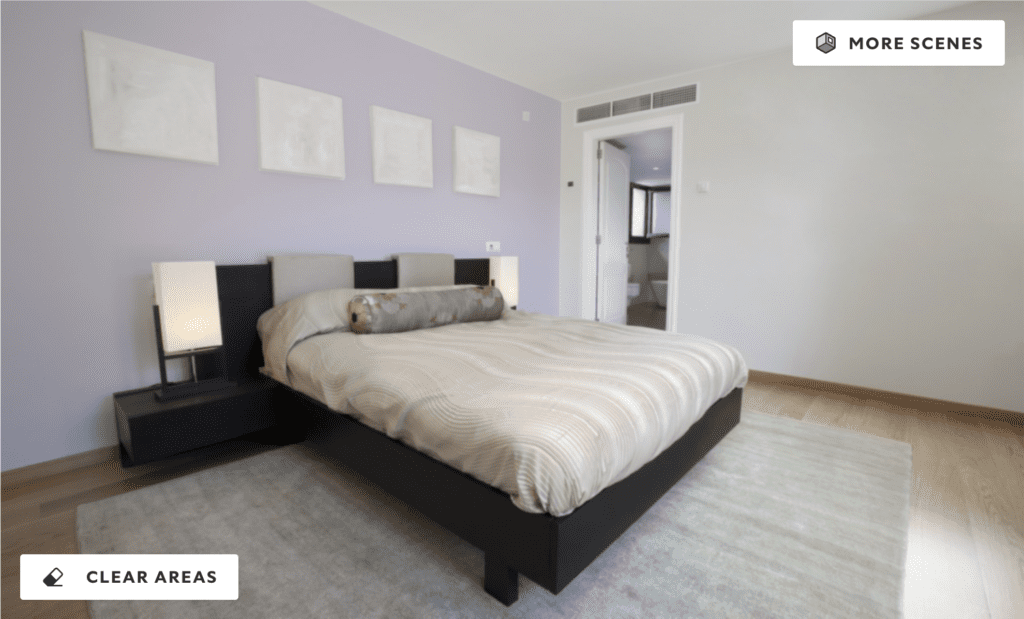

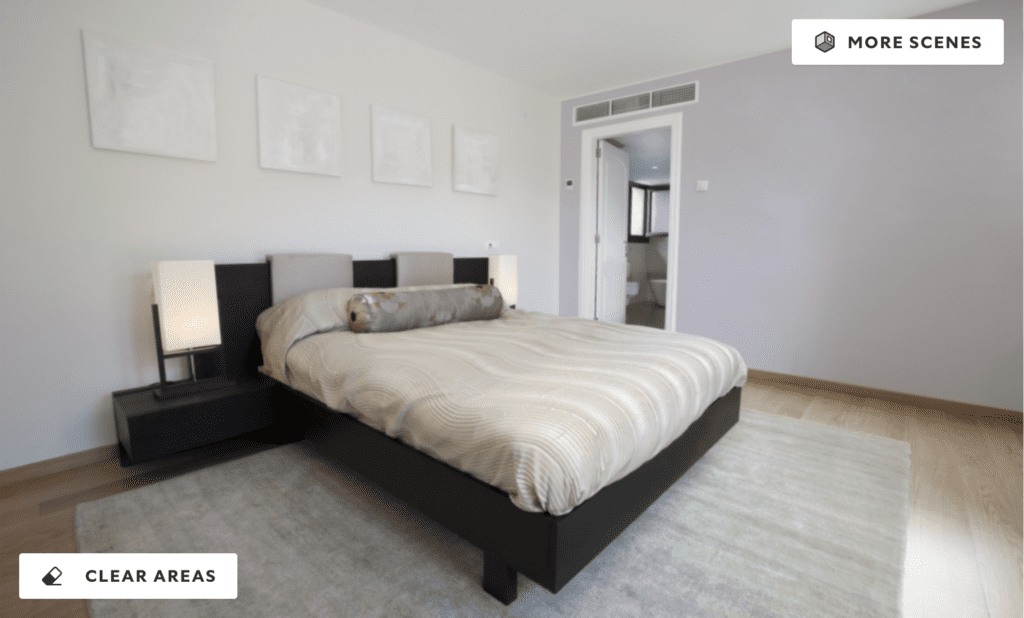

Test Before You Commit


Another practical tip is to test your chosen colors on a smaller area of your wall before committing. Light behaves differently as the day progresses, and what looks good in the morning might not in the evening. Testing ensures that the paint color selection is perfect for every hour.
When testing, it’s best to paint large patches on different walls and observe them under natural and artificial light. This helps you see how the color looks in the morning, afternoon, and evening, as well as under the room’s lighting.
Additionally, choosing a few similar shades allows you to compare tones, ensuring you make a confident decision. It’s a small but important investment in getting the perfect finish!
Enhancing the Space Beyond Paint
When brightening a dark room, paint color isn’t the only factor to consider. Elements like lighter ceilings, trim, strategic lighting, and reflective surfaces can dramatically enhance a space’s openness and lightness.
Lighter Ceilings and Trim for Height and Openness
Apart from the wall colors, don’t forget that your ceiling and trim can also play crucial roles. A slightly lighter ceiling can give the illusion of height and openness, making the room feel larger.
Similarly, brighter trim can frame the room and add to the feeling of lightness.
Strategic Lighting and Reflective Surfaces
Lighting plays a key role in enhancing your paint choices. Invest in good lighting fixtures that complement your paint colors.
For example, warm lights can accentuate the coziness of creamy whites or pale yellows, while cooler lights can enhance blues and greens.
Additionally, using mirrors and glossy furnishings can bounce light around the room, maximizing the effect of your chosen paint color.
Light Curtains and Accessories for a Finished Look
Accessories—such as cushions, rugs, and curtains—are the finishing touch to brighten a dark room. Light-colored or sheer curtains, for example, let in more natural light, adding to the room’s overall brightness. Coordinating these elements with your wall color enhances the room’s airy ambiance.
Frequently Asked Questions About Choosing Paint for Dark Rooms
What is the best color for a dark room?
To brighten up a dark room, soft pastels like light blue or pale yellow work wonders. These colors bounce light and make the room feel open and airy.
What color should I paint a room with little natural light?
Go for warm shades like creamy whites or soft beige. These tones make the space feel cozy while enhancing whatever light is available.
How to make a dark room feel lighter?
Use light-colored paint, mirrors, and add bright accessories like pillows or rugs. Don’t forget good lighting—lamps with warm bulbs make a huge difference!
What is the best paint finish for a low light room?
Satin or eggshell finishes reflect light better than matte, adding more brightness to your space. They’re also great for durability, so it’s a win-win!
How to brighten up a room with no natural light?
Choose light paint colors and add lots of lighting with floor and table lamps. Incorporate reflective surfaces like mirrors and shiny decor to bounce light around.
How can I make my dark room pretty?
Pick a soft, light color and add pops of bright decor—think colorful pillows or artwork. Also, layering textures like rugs and curtains can make the space cozy and stylish.
What color paint makes a room brighter?
Lighter shades like white, pale yellow, or light gray make any room feel bigger and brighter. These colors reflect more light and create a fresh, open vibe.
What paint colors reflect the most light?
Whites and light neutrals like soft grays or pastels are your best bet. They reflect natural and artificial light, making your room feel brighter and more spacious.
What sheen is best for dark interior walls?
Go for satin or semi-gloss to reflect more light and add depth to your walls. These finishes also make the room feel sleek and modern.
What color paint over dark walls?
You’ll want to use a light neutral like soft white or warm beige. They cover dark walls well and instantly brighten the space.
What white paint to use to cover dark walls?
Choose a high-quality white paint with good coverage, like a bright white or an off-white with warm undertones. These shades will effectively cover darker walls without too many coats.
Conclusion: Finding Your Perfect Shade
Ultimately, the best paint color for dark rooms depends on how you want to feel in that space. Whether cozy and warm, fresh and tranquil, or vibrant and lively, the right shade can make a world of difference.
Trust your instincts and have fun with your paint color selection process!
Interior painting is an art, and with the right colors and techniques, you can transform any dark room into a bright, inviting haven.
Now that you’re ready to tackle that renovation with confidence, it’s time to create the perfect atmosphere in your home. Happy painting!